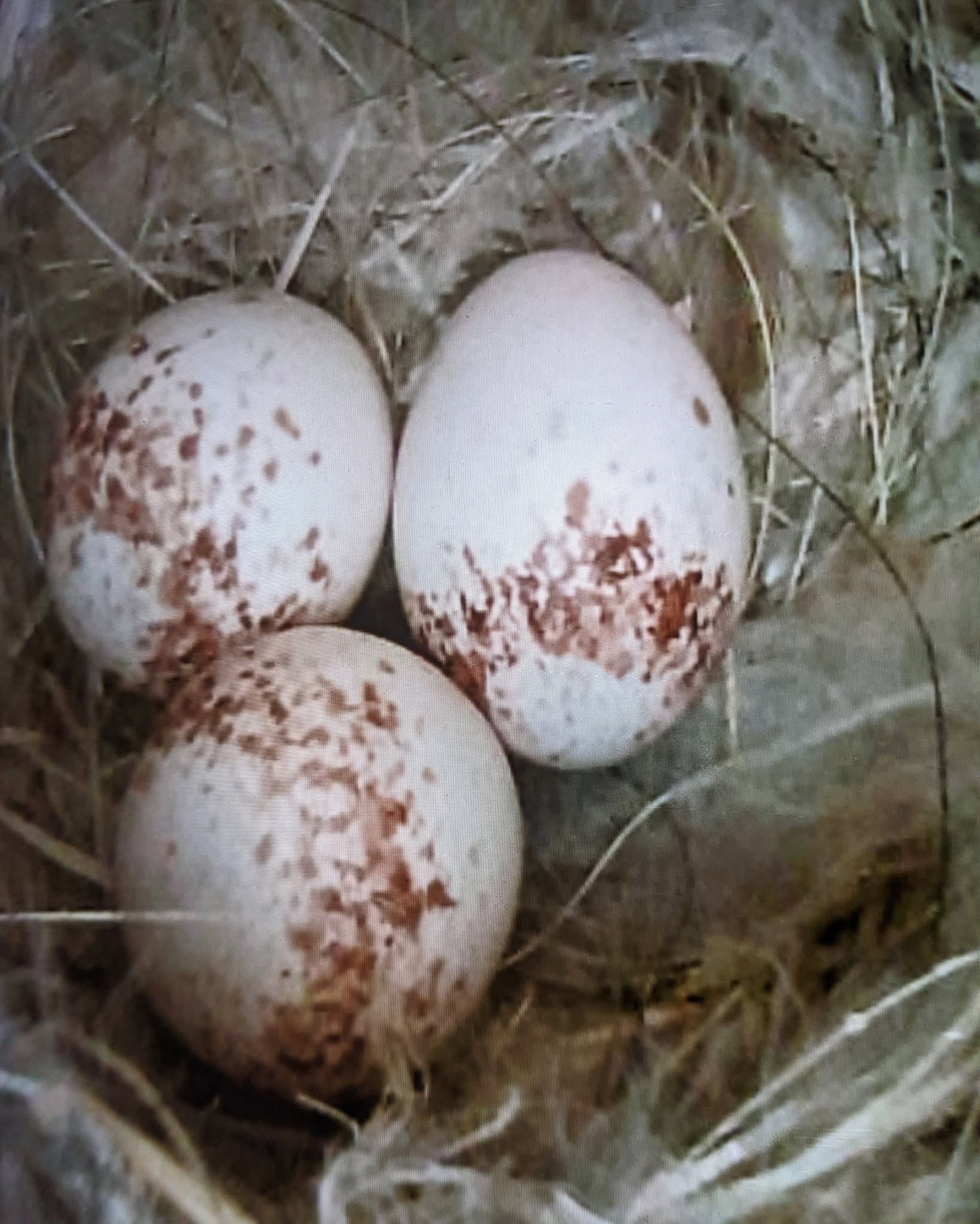- Highlighting the importance of celebrating mothers of all species, including Lucy’s warblers, on Mother’s Day.
- Understanding the nesting habits and habitats of Lucy’s warblers and the impact of habitat destruction.
- Examining conservation efforts, including innovative nest box designs, to support Lucy’s warblers.
- Discussing the role of community partnerships, like those with the Tucson Bird Alliance and Safe Songbirds.
- Encouraging public involvement in wildlife conservation and environmental stewardship.
Mother’s Day is traditionally a time to honor human mothers, but it also offers the perfect occasion to celebrate the nurturing figures in the animal kingdom. Among these are Lucy’s warblers, delightful migratory songbirds that have a special place in the hearts of bird enthusiasts and conservationists alike. These tiny birds are extraordinary not only in their parenting but also in their battles against environmental challenges. Celebrating all mothers, we can admire these feathered architects that now find safe havens in the helpful creations of conservation partnerships.
Lucy’s warblers, scientifically known as Oreothlypis luciae, are small, agile songbirds that migrate between the southwestern United States and northwestern Mexico. These birds typically establish their nests in the peeling bark of native mesquite trees. Unfortunately, urbanization is causing these trees to diminish rapidly. Many of these natural habitats are destroyed to make way for development, leaving little room for these spirited birds to breed and raise their young.
The nesting habits of Lucy’s warblers are fascinating. These birds ingeniously tuck their nests behind the peeling bark of trees. This offers them protection from predators and the elements. However, as mesquite trees disappear, the scarcity of suitable nesting sites increases. This shortage puts pressure on Lucy’s warblers and endangers their population. Conserving their nesting grounds is essential for their survival.
To address these challenges, conservation organizations have embarked on initiatives to provide alternative nesting solutions. One such effort is the installation of specially designed nest boxes that replicate the natural environment Lucy’s warblers prefer. These triangular boxes, developed by the Tucson Bird Alliance, closely mimic the peeling bark of mesquite trees, offering a practical solution to the nest site shortage.
These innovative nest boxes are not just lifelike; they are effective. Birds have already started adopting these safe havens as their new homes, including at nesting sites supported by the Safe Songbirds program. These initiatives are crucial in maintaining and boosting the populations of Lucy’s warblers amidst environmental pressures. By providing these artificial nesting options, conservationists are making a tangible impact on the well-being of these birds.
The success of such efforts is amplified through partnerships. Organizations like the Tucson Bird Alliance are vital in implementing and monitoring these conservation strategies. Their collaboration with the Safe Songbirds program exemplifies how combined efforts can support songbird populations. These partnerships enable the sharing of resources, knowledge, and innovative ideas, crucial for wildlife conservation.
Community involvement plays a significant role as well. Public support and awareness can drive momentum for projects aimed at protecting Lucy’s warblers and other wildlife. Individuals can contribute by supporting local conservation groups, participating in citizen science projects, or even installing nest boxes on their own properties. These small actions build a collective force that can lead to significant results in wildlife conservation.
Advocating for the preservation of habitat for species like Lucy’s warblers is essential for their salvation. Protecting native flora, curbing urban sprawl, and ensuring responsible development practices are vital steps toward maintaining biodiversity. By recognizing the interconnectedness of ecosystems, we can appreciate the broader impact of conserving just one species and its habitat.
Addressing the challenges faced by Lucy’s warblers offers a lesson in resilience and cooperation. Wildlife conservation requires more than just understanding ecological needs; it demands an ongoing commitment to protecting these creatures for future generations. Celebrating mothers of all sizes, this Mother’s Day serves as a reminder of the beauty, complexity, and importance of nurturing life in all its forms. Supporting and appreciating efforts that ensure the survival of nurturing species like Lucy’s warblers is a meaningful way to honor the spirit of motherhood—nurturing, protecting, and ensuring the continuity of life.
In conclusion, our efforts to support Lucy’s warblers can resonate far beyond their immediate environment. It reflects our capability to foster a harmonious relationship with nature, highlighting the significance of conservation actions. By joining hands with organizations like the Tucson Bird Alliance and Safe Songbirds, we become champions of the natural world, helping to secure a future where all forms of life can thrive.
*****
Source Description
Celebrating mom’s of all sizes this Mother’s Day, we have a nest of wild Lucy’s warblers! These migratory songbirds made a nest in one of the nest boxes, created by the @tucsonbirdalliance, that are part of our supportive actions as a partner of the @safesongbirds
In the wild, Lucy’s warblers nest in the peeling bark of mesquite trees throughout the southwestern United States and northwestern Mexico. In many areas of their breeding range, native mesquite trees are removed to make way for urban expansion, so natural cavities are in short supply. The triangular nest boxes were specially designed to mimic the peeling bark of mesquite trees.


